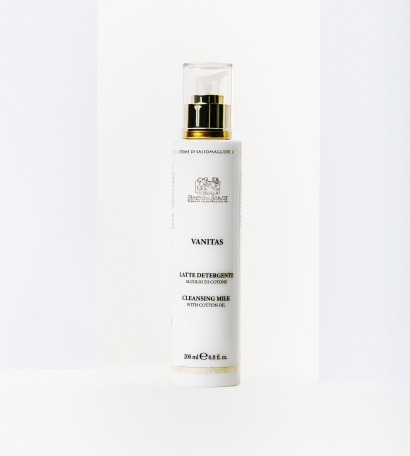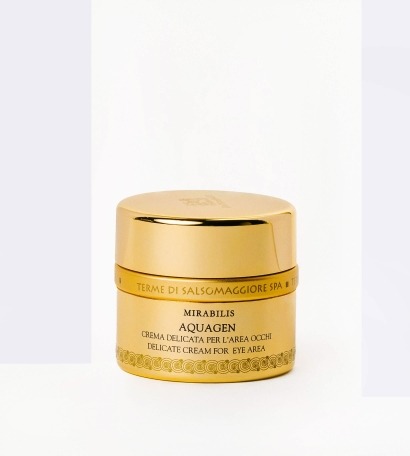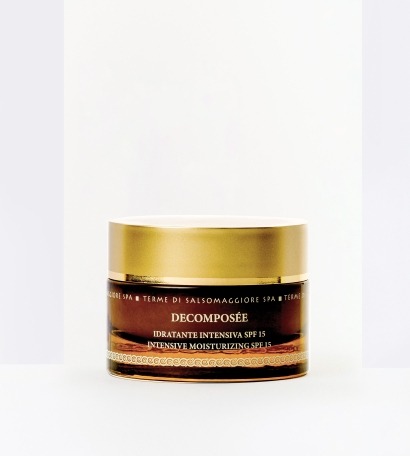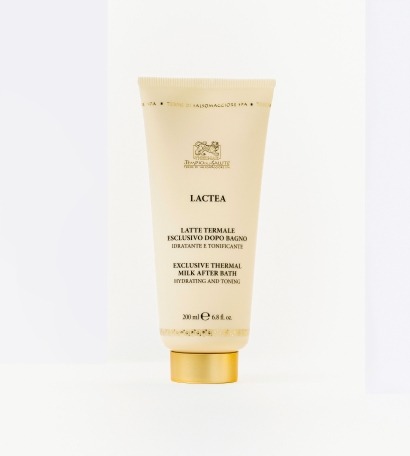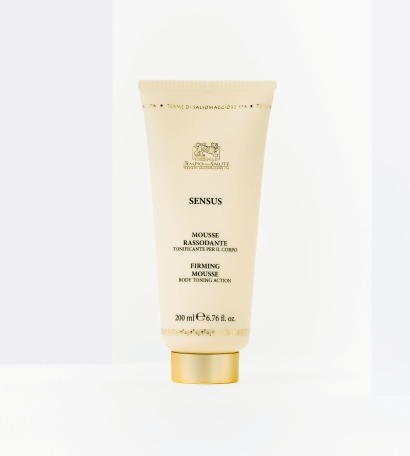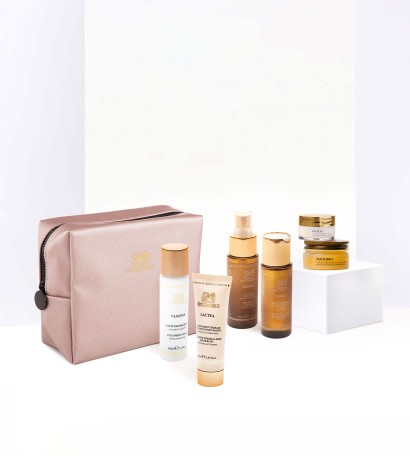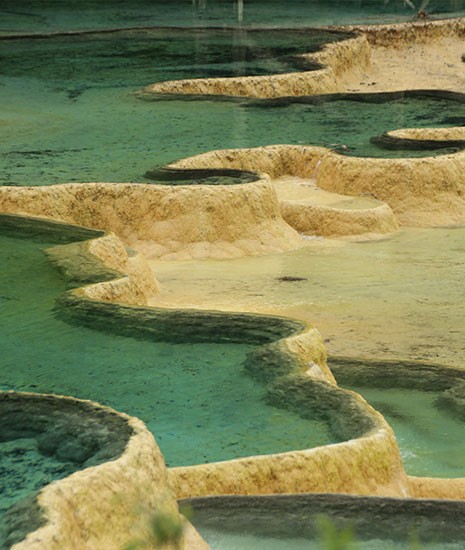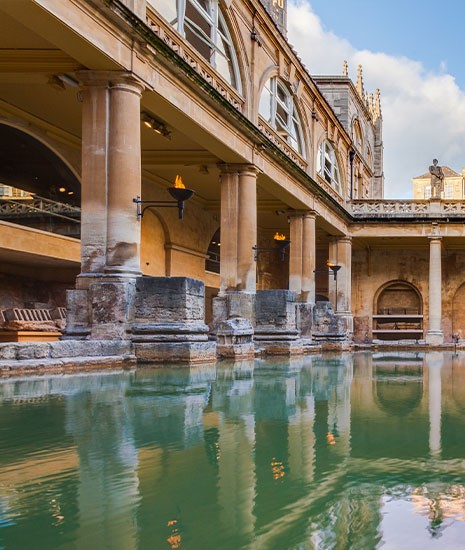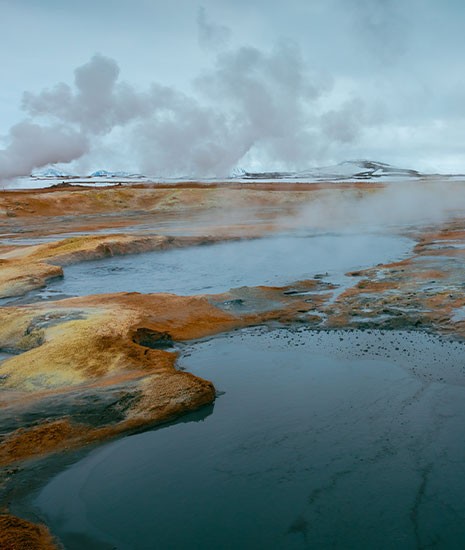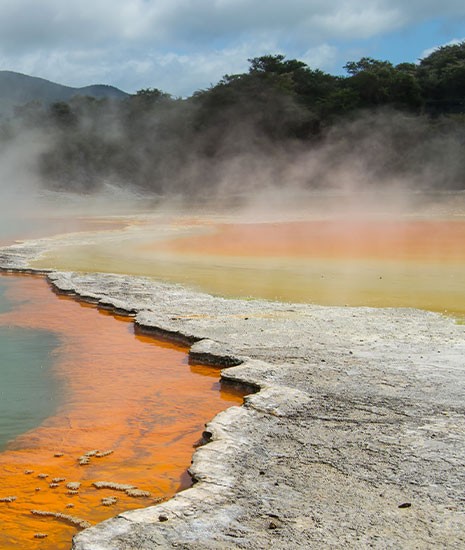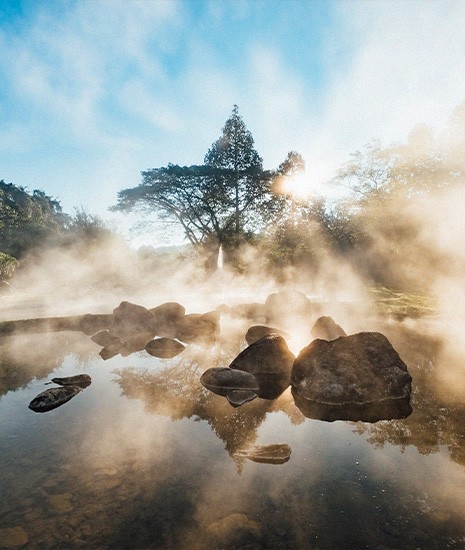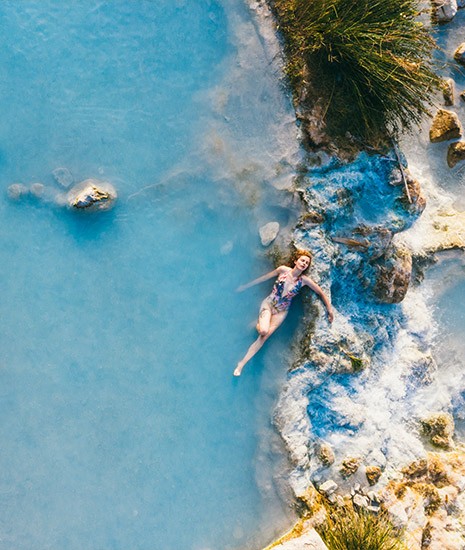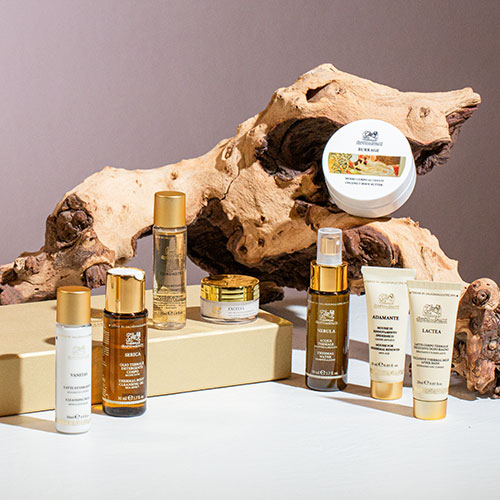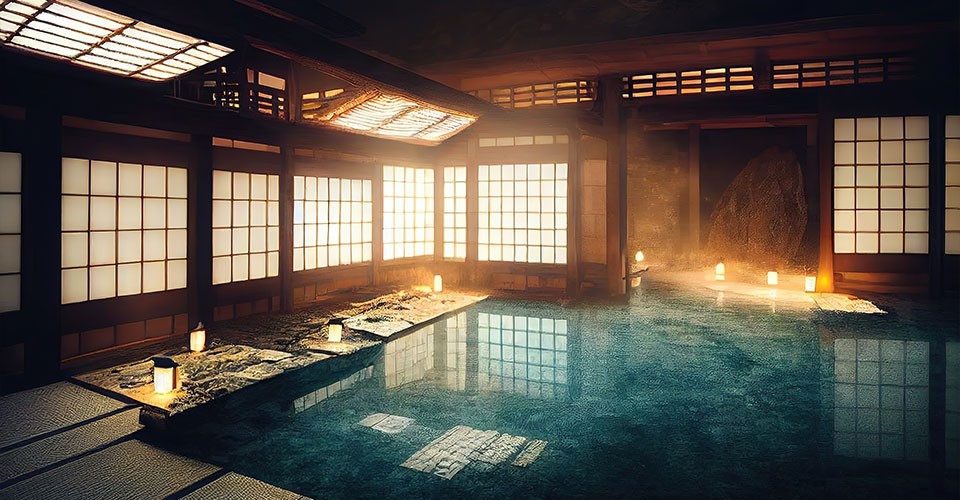
Japanese thermal spas: discovering Onsen in Japan
The ancient practice of thermalism in Japan has been fueled by the generous presence of hot springs, born thanks to the volcanic formation of the territory. Here, we can find Onsen (温泉), natural springs that gush forth hot geothermal water from the earth. Today, Japanese hot springs represent a true culture, attracting tourists from all over the world and offering a rejuvenating experience in a perfect oriental style.
In this article, we will guide you to discover the fascinating Japanese Onsen and their significant cultural importance to the Japanese people.
The history of Japanese spas
The history of Japanese hot springs dates back to ancient times, over 1,300 years ago, when Buddhism was introduced to the country. Buddhist monks immediately recognized the benefits of natural springs and began constructing the first thermal baths to promote the physical and spiritual healing of the faithful.
During the Edo period (1603-1868), hot springs became increasingly popular among the nobility and merchant class. As a result, numerous hotels and thermal facilities were built to accommodate visitors. Initially, men and women bathed together. However, with the influence of Western practices during the Meiji period (1868-1912), mixed-gender baths were gradually replaced by separate baths for men and women.
Today, some mixed-gender baths can still be found in rural areas, but they generally have separate bathing areas or designated periods of the day reserved for women only.
The Japanese thermal waters
In Japan, the high seismic and volcanic activity has led to the formation of numerous hot springs known as Onsen, found throughout the country, which offer many health benefits. It is believed that Japanese hot spring waters have healing properties and can alleviate various conditions, including hypertension, circulatory system diseases, stomach ailments, as well as improve the appearance of the skin, making it smooth and soft.
Among the benefits are:
- Relief from stress
- Improvement of blood circulation
- Reduction of joint pains
However, each hot spring source has a unique chemical composition, which can vary significantly from one area to another in the country. For example, some hot springs have sulfurous or mineral-rich waters, while others may be weakly alkaline, highly alkaline, or even radioactive.
Japanese Onsen today
Today, Japanese hot spring resorts, known as Onsen, are located around natural water sources and offer visitors a complete experience that includes the opportunity to enjoy the beauty of the surrounding natural landscapes. Furthermore, the available services include a wide range of options that further enrich the overall experience, such as traditional Japanese massages and, at times, even restaurants.
Types of Onsen
Japanese Onsen can be covered, "Uchiyu", or open-air, "Rotenburo", and come in several styles, including:
- "Ryokan" (旅館): Inns where visitors can stay in a bookable room and enjoy meals. Usually, in Ryokan rooms, you can reserve a bath for two people.
- "Sentō" (銭湯): public baths managed by municipalities, where visitors can enjoy a rejuvenating bath. Like Ryokan, there is usually an admission fee, but you can also find free hot springs. In most Onsen, the baths are separated by gender.
- Hot Spring Villages: some Japanese villages have become famous for their hot springs set in picturesque natural environments. Some examples include Kinosaki Onsen in Hyogo Prefecture, Yufuin hot spring village in Oita Prefecture, and Nozawa Onsen hot spring village in Nagano Prefecture. These places offer visitors the opportunity to immerse themselves in traditional Japanese culture along with the relaxing benefits of hot spring waters.
- Natural Hot Springs: these are hot springs found in natural environments, remote and isolated mountainous areas, and have not been modified by humans. These natural pools can be found in forests, along rivers, and even on the beach. Since these natural hot springs are not established with structures, one often needs to take a long hike to reach some of these pools, but you can enjoy spectacular views and an immersive experience in nature.
How to behave in Japanese hot springs
In Japan, hot springs represent a moment of purification, which can be achieved through specific rituals. In fact, there are some rules to be respected during the experience in Onsen, such as:
- Speak in a low voice to avoid disturbing other bathers.
- Thoroughly wash yourself before entering the baths to keep the water clean.
- Do not wear any type of clothing or swimwear.
- Refrain from running or bathing in a noisy manner. Onsen is a place of relaxation and tranquility, so guests should avoid disturbing other visitors.
It's important to consider that in some Japanese Onsen, tattoos are not well-received. This is because tattoos are often associated with the Yakuza, the Japanese mafia, which has made tattoos an indication of belonging to the group.
For this reason, the presence of extensive tattoos may be seen as a sign of affiliation with organized crime. Some Onsen allow access as long as tattoos are completely covered, using concealer or special adhesive patches, to ensure the peace of mind of other bathers and maintain a relaxing atmosphere.
Where to find the best Japanese hot springs
In Japan, hot spring tourism is a rapidly growing industry due to the abundance of hot spring resorts scattered throughout the country. Among the major cities, Tokyo is the most popular, offering a wide range of Onsen options, from traditional wooden baths to modern spa complexes with fun water slides and whirlpools.
When it comes to traditional hot springs, however, the ancient city of Kyoto is the ideal destination, boasting many historic Onsen, some of which date back hundreds of years.
On the other hand, Okinawa and the surrounding islands provide a selection of Onsen with natural spring waters that contain high levels of minerals, ideal for the skin and with therapeutic properties.
In most Japanese hot springs, you can find various baths with different temperatures and benefits. For example, there are thermal waters rich in sulfate, which have healing effects on the skin, or sodium chloride water, which helps prevent joint diseases. Each Onsen has its own uniqueness and beauty, so choosing one will depend on your personal needs and the specific therapeutic benefits you are seeking.
The perfect skincare for your trip to Japan
If you are planning a trip to Japan during the summer, it's important to pay attention to the health of your skin. The country's hot and humid climate can lead to excessive sweating, dehydration, and increased sebum production, resulting in irritations and dryness.
To address these concerns, Il Tempio della Salute has curated the perfect skincare routine for your trip, featuring thermal cosmetics based on brine-bromine-iodine water. These types of cosmetics have a lightweight texture, ideal for the warm season, as they are easily absorbed without weighing down the skin. Moreover, their formulation will deliver visible results on your skin, keeping it radiant and well-hydrated throughout your journey in Japan.
Facial cosmetics for your trip to Japan
To ensure the weather doesn't hinder your enjoyment during your trip to Japan, take care of your skin with our selection of face products:
- You can start with Vanitas, a lightweight cleansing milk that rebalances the skin and repairs damage by removing impurities and restoring the hydro-lipid film to damaged skin.
- Pair Vanitas with Aquagen, a delicate moisturizing and protective cream for the eye area. It stimulates the production of collagen and elastin, prevents wrinkles, and acts as a barrier against external agents. With its 15 ml size, it takes up little space in your suitcase!
- To complete your routine, don't forget the remineralizing thermal water, Nebula (also available in a travel-friendly mini-size). It can be used on both the face and body. Thanks to its soothing and rebalancing action, it helps protect the skin from dehydration and dryness, countering excessive fluid loss caused by sweating.
To ensure a good barrier, you can also add the Decomposée face cream to your routine.
Body cosmetics for your trip to Japan
During your trip, it's not only your face that needs care and attention but also your body. Treat yourself to a thermal indulgence in Japan with our body products:
- The hydrating thermal milk, Lactea, with its fluid and lightweight formulation, is perfect to use after a bath or hot springs session. It gently moisturizes and deeply nourishes the skin without feeling heavy, providing a pleasant sensation of freshness.
- The lightweight firming mousse, Sensus, is ideal for use in the morning. It reshapes the body contours, leaving the skin hydrated and restoring its firmness, with emollient, toning, and firming action.
For an effective result, you can alternate the use of Sensus and Lactea regardless of the time of day.
And if you prefer to travel light, you can bring along the mini beauty routine from Il Tempio della Salute: travel kits that include all the thermal cosmetics you need for a journey to the Orient.
Japanese spas: an ancient culture that continues to attract visitors
Japanese spas are not just a place to relax and rejuvenate; they offer a magnificent opportunity to immerse oneself in the culture of the Land of the Rising Sun and experience the Japanese lifestyle. Japanese Onsen, in fact, represents a true ancient tradition that is still respected and preserved to this day.
Don't let the weather hinder your full enjoyment of your trip to Japan: take care of your skin with our selection of products for a perfect and effective skincare routine.


